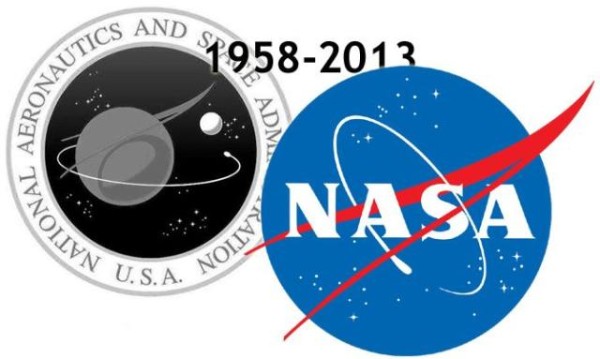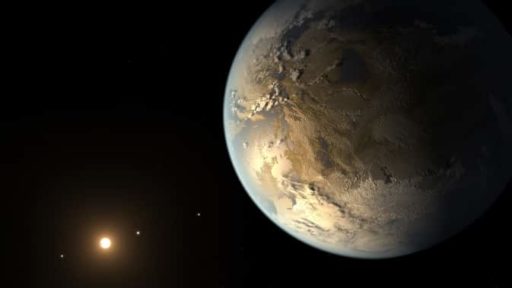Fifty-five years ago on July 29, 1958, Dwight D. Eisenhower, the 34th President of the United States, signed some papers related to policies, guidelines, objectives, and more for research into problems of flight within and outside the earth’s atmosphere, and for other purposes. The act was named The National Aeronautics and Space Act of 1958, and led to the creation of NASA. Today, we have brought those guidelines on the occasion of NASA’s 55th birthday.
The document outlines NASA’s policies, guidelines, objectives, and more. Here are the objectives described in 1958:
- The expansion of human knowledge of the Earth and of phenomena in the atmosphere and space.
- The improvement of the usefulness, performance, speed, safety, and efficiency of aeronautical and space vehicles.
- The development and operation of vehicles capable of carrying instruments, equipment, supplies, and living organisms through space.
- The establishment of long-range studies of the potential benefits to be gained from, the opportunities for, and the problems involved in the utilization of aeronautical and space activities for peaceful and scientific purposes.
- The preservation of the role of the United States as a leader in aeronautical and space science and technology and in the application thereof to the conduct of peaceful activities within and outside the atmosphere.
- The making available to agencies directly concerned with national defense of discoveries that have military value or significance, and the furnishing by such agencies, to the civilian agency established to direct and control nonmilitary aeronautical and space activities, of information as to discoveries which have value or significance to that agency.
- Cooperation by the United States with other nations and groups of nations in work done pursuant to this chapter and in the peaceful application of the results thereof.
- The most effective utilization of the scientific and engineering resources of the United States, with close cooperation among all interested agencies of the United States in order to avoid unnecessary duplication of effort, facilities, and equipment.
- The preservation of the United States preeminent position in aeronautics and space through research and technology development related to associated manufacturing processes.
You can read the full text at NASA.
Courtesy: PopSci
[ttjad keyword=”camera-general”]




